The nearest national park from the capital Kathmandu is the Langtang National Park. It is in the Central Himalayan region of Nepal and was established in 1976. The major reason behind the establishment of this conservation site is to protect the unique and diverse flora – fauna of the region. The area of the national park is 1710 square kilometers. The Park encompasses various places of Nuwakot, Sindhupalchok, and Rasuwa districts in the mountainous zone of the Nepal – Tibet (Autonomous region of People’s Republic of China) border.
The Park is rich in the biodiversity and represents meeting place between Pale – Arctic realms and Indo – Malayan realms. There is about 420 square kilometers of buffer zone which is well managed by the National Park authority and local people. In addition, about 30 to 40 % of the park revenue is evenly distributed to the locals. Therefore, local communities take ownership of the park and contribute in the park management of natural resources. It also further boosts the people’s involvement in environment protection as well as to maintain the sustainability.
Best Season to Visit Langtang Park
The climatic conditions are different according to the season in the Langtang National Park. During spring season the bursts of colorful flowers of rhododendrons stretch into the canopies of Fir and Oak Forests. Warm weather and clear skies make it an ideal time to visit the park. Monsoon season experiences heavy rainfall but the vegetation looks lush during this time of the year as well. However, traveling in this season is not recommended due to unstable weather conditions and low visibility. The month of winter season is okay to visit the lower altitude places of the Langtang National Park but it is hard in the upper elevation places. Autumn season is so festive and lively. Visiting the places like Gosaikunda Lake during august month is so memorable. You can experience natural splendors as well as cultural side of the Langtang region.

Vegetation and Wildlife
The park has sub – tropical vegetation to alpine grassy meadows. In the southern section of the park is characterized by Shorea Robusta (Sal Trees) and hill forests. There are temperate vegetation in the mid – hills section of the park. Therefore, you can also get chance to observe plants like silver fir, oak, hemlock, juniper, and larch which are both temperate vegetation and alpine vegetation. Deciduous conifer region has rhododendron of different types.
There are more than 250 species of birds and many animals in the park. Major animals of the Langtang National Park are the snow leopard, red panda, Himalayan black bear, wild dog, ghoral, etc. Travelers don’t get the commercial jungle safari trips inside the national park. However, you can hire a nature guide from the certain entrances of the Langtang National Park. The place is ideal for bird watching tour in Nepal. The presence of many species of local and migrating birds make it heaven for bird watchers. Therefore, if you are planning to do the bird watching tour in Nepal then choose the national park. It is near Kathmandu Valley and offers great chances of bird spotting.
Rules and Regulations
Nepal Army is protecting the national parks of Nepal. Therefore, the Langtang National Park is also guarded and patrolled by Nepal Army. Besides the Army, local communities and the national park authority also manage the operations of conservation. Recently, Nepal Government and the Langtang National Park have issued a rule to travelers and visitors. You are not allowed to trek or tour inside the Langtang National Park without hiring a trekking or nature guide. It is mandatory for travelers to travel with the guide. The chances of encountering wild animals, difficult geographical terrain, and wilderness areas make it risky for travelers to travel alone. Every year there are many incidents of missing travelers in the jungle and wilderness terrain of the national park. Therefore, consider hiring a guide for any kinds of travel activities inside the national park.
Trekking Routes inside the Langtang National Park
The Sagarmatha National Park and the Langtang National Park are two parks of Nepal which feature popular trekking routes. All trekking routes of the Everest region are inside the Sagarmatha National Park and all trekking routes of the Langtang region of Nepal are inside the Langtang National Park. These two regions are the commercial trekking regions of Nepal alongside the Manaslu region and the Annapurna region. Therefore, lots of people trek in the trekking routes of the region.
In the Langtang National Park, trekkers can find different types of trekking routes. The region is blessed by the diversity of natural splendors and cultural grandeur. You can get short trekking trips to long and challenging detours.

Short Trekking Routes of Langtang
The most famous short trekking route of the Langtang region inside the park is the Langtang Valley Trek. In just about 7 to 8 days, trekkers can traverse through diverse vegetation, landscape, and the Tamang Village. This is also the trekking route of the region that attracts many trekkers in comparison to other trekking trails. Nearby the Kathmandu Valley, the Chisapani Nagarkot Trek route is probably the best 2 nights 3 days trekking trail. The Gosaikunda Lake Trek is also equally popular, scenic, and religious. Some prefer to do Short Helambu Trek as well.
Long Trekking Routes of Langtang
1710 square kilometers area of the Langtang National Park starts from the hilly zone and expands up to the Himalayan belt. Therefore, there are many challenging high – altitude trekking routes and cultural trekking routes. Major long trekking routes of the Langtang region of Nepal are the Langtang Trek, Gosainkunda Pass Trek, Langtang Valley Ganjala Pass Trek, Langtang Gosaikunda Lake Trek, and Short 5 Days Langtang Trek, Tamang Heritage Trail Trek. These trekking routes are rich in cultural aspects and they are equally scenic. Some of these trekking routes are arduous and challenging to trek.
If you are looking for a destination where you can find the great harmony between people and nature, then the Langtang National Park is an ideal choice. Get an outstanding forest environment in the lap of snowy mountains inside the national park.



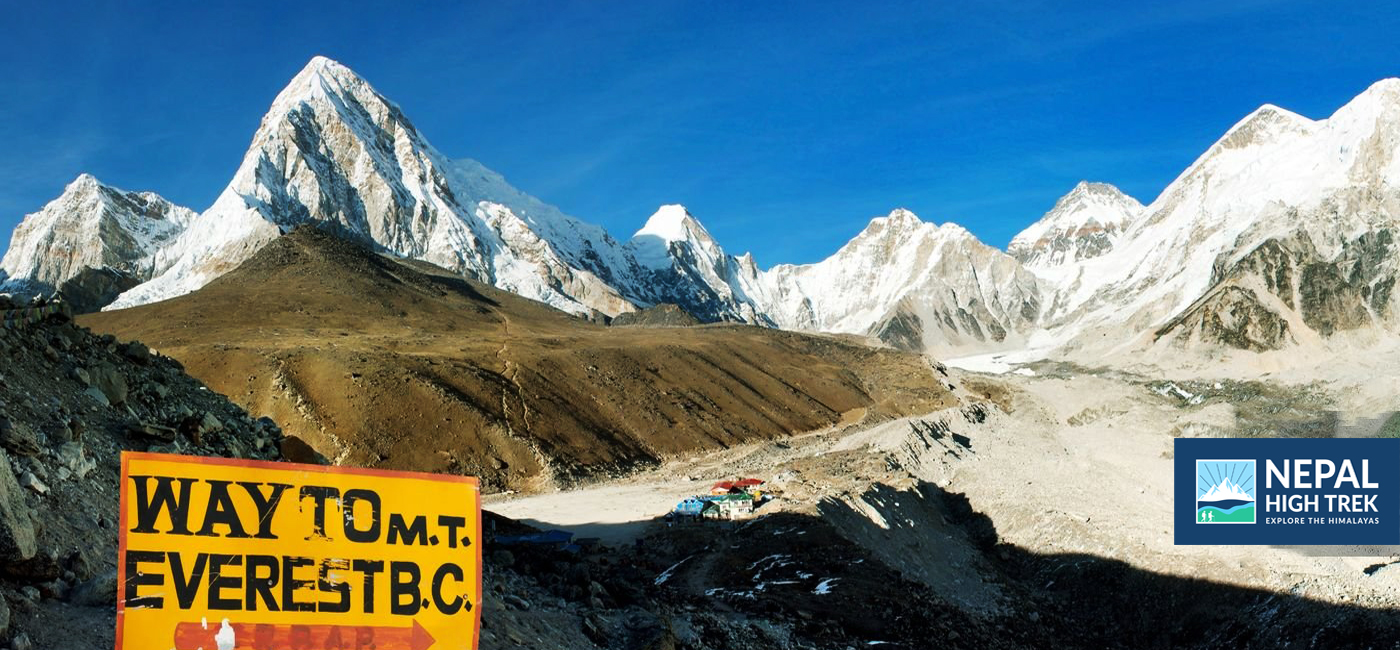
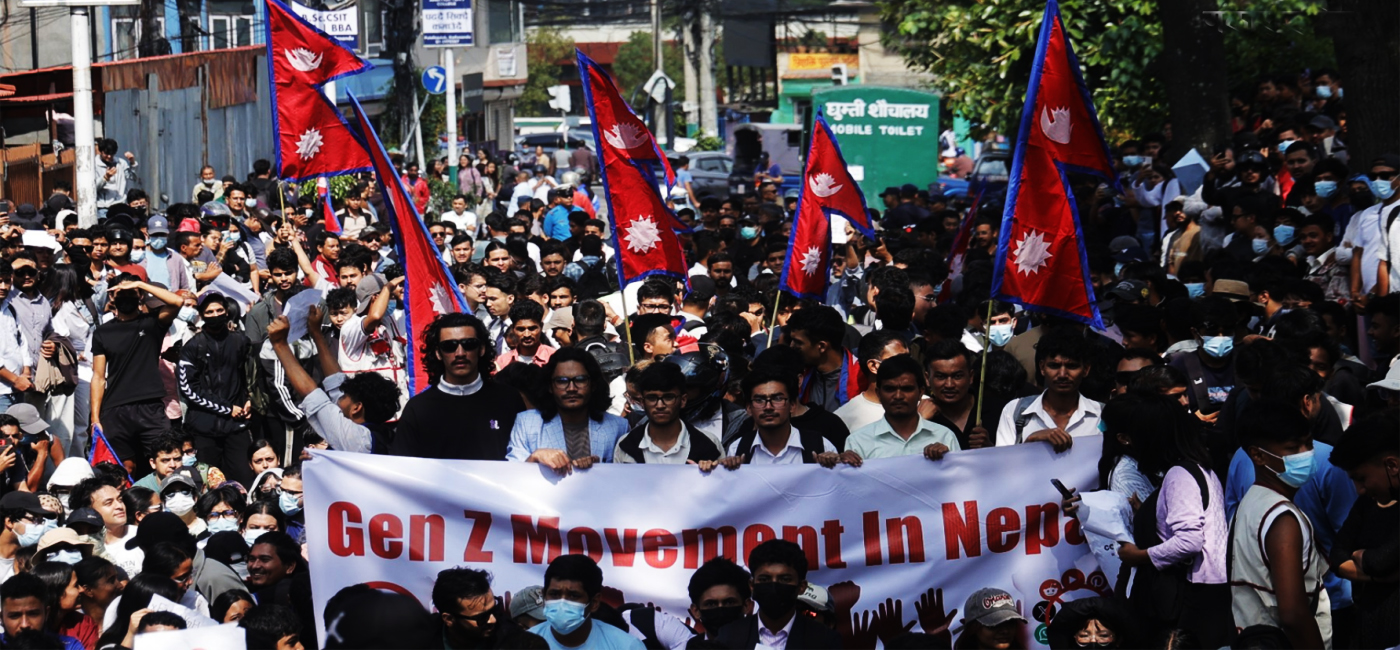
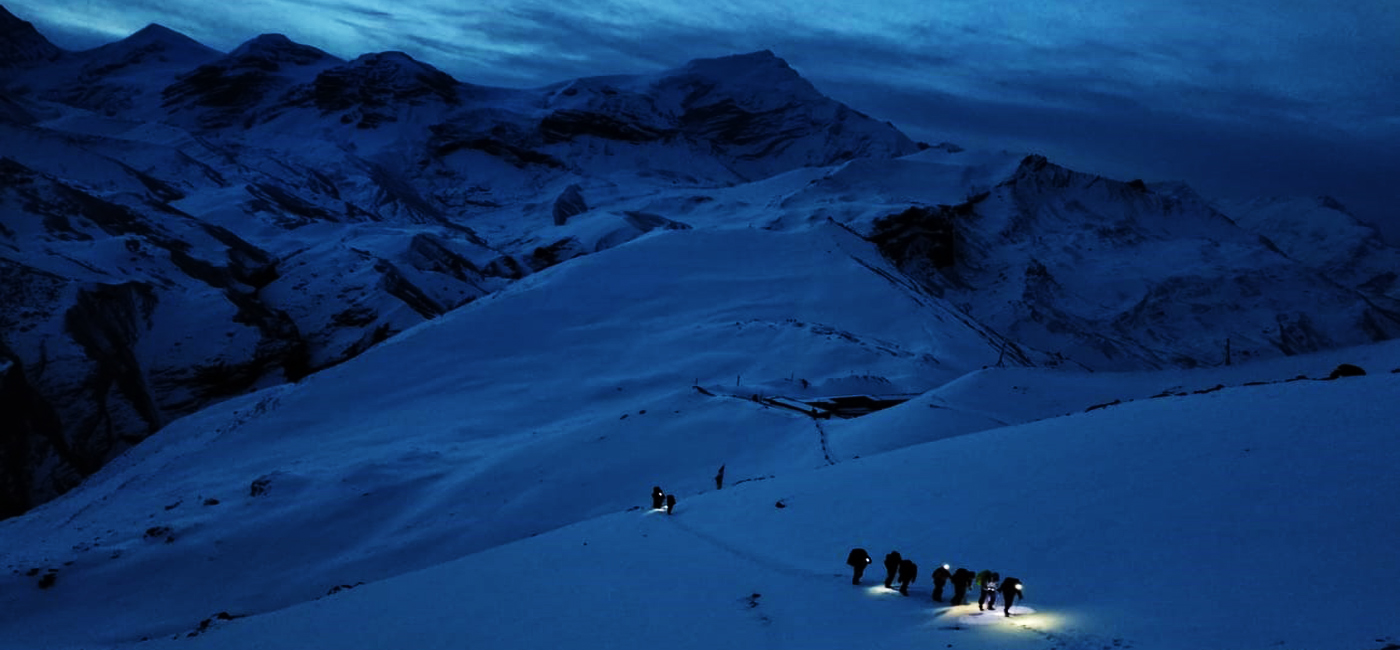
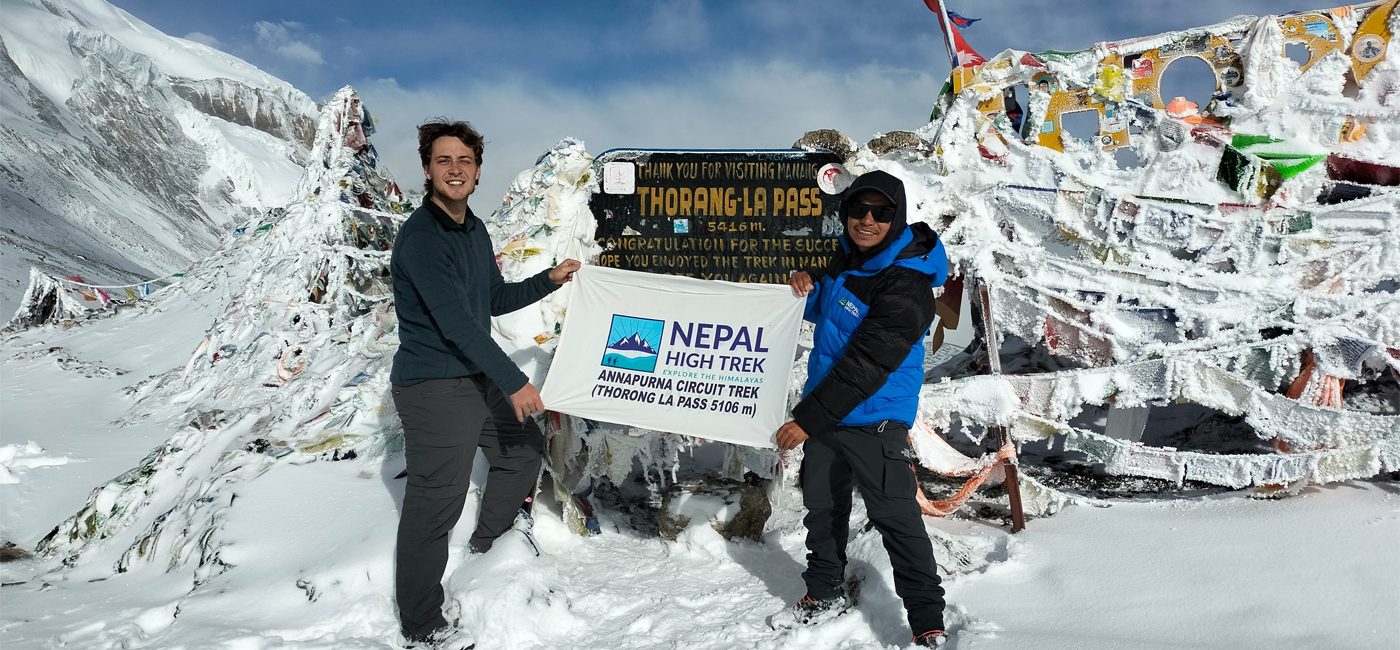
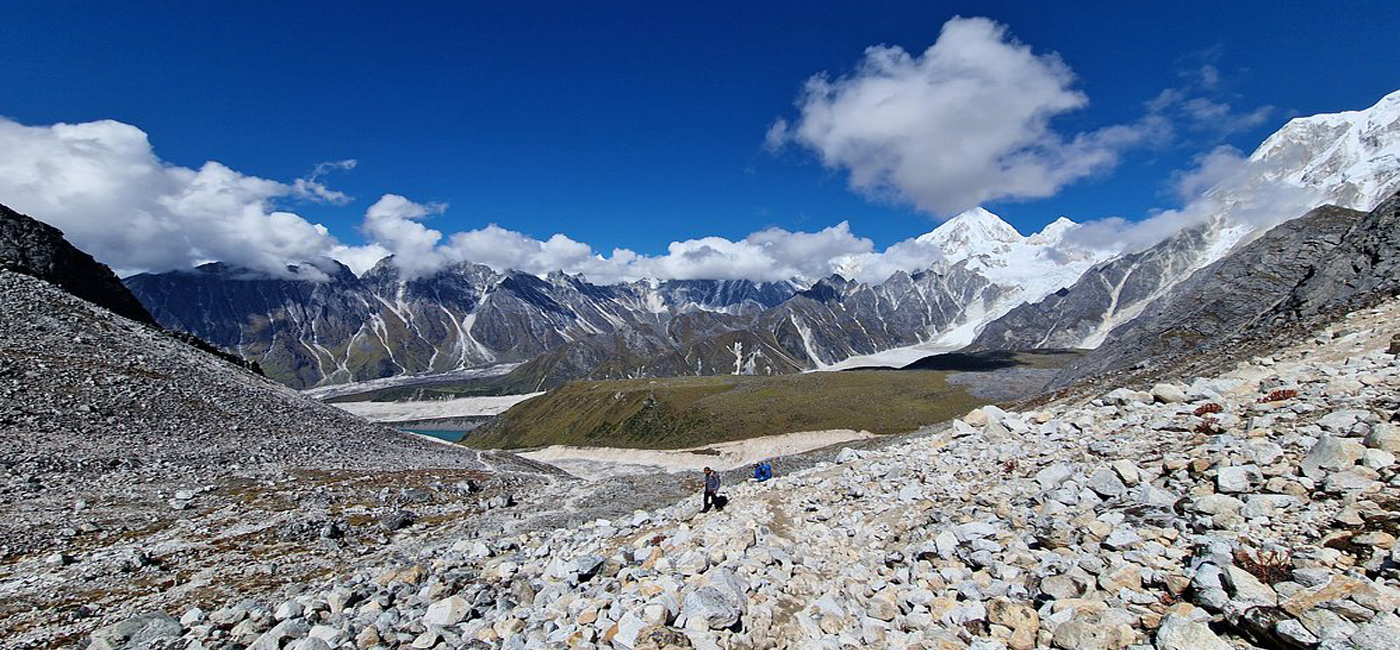
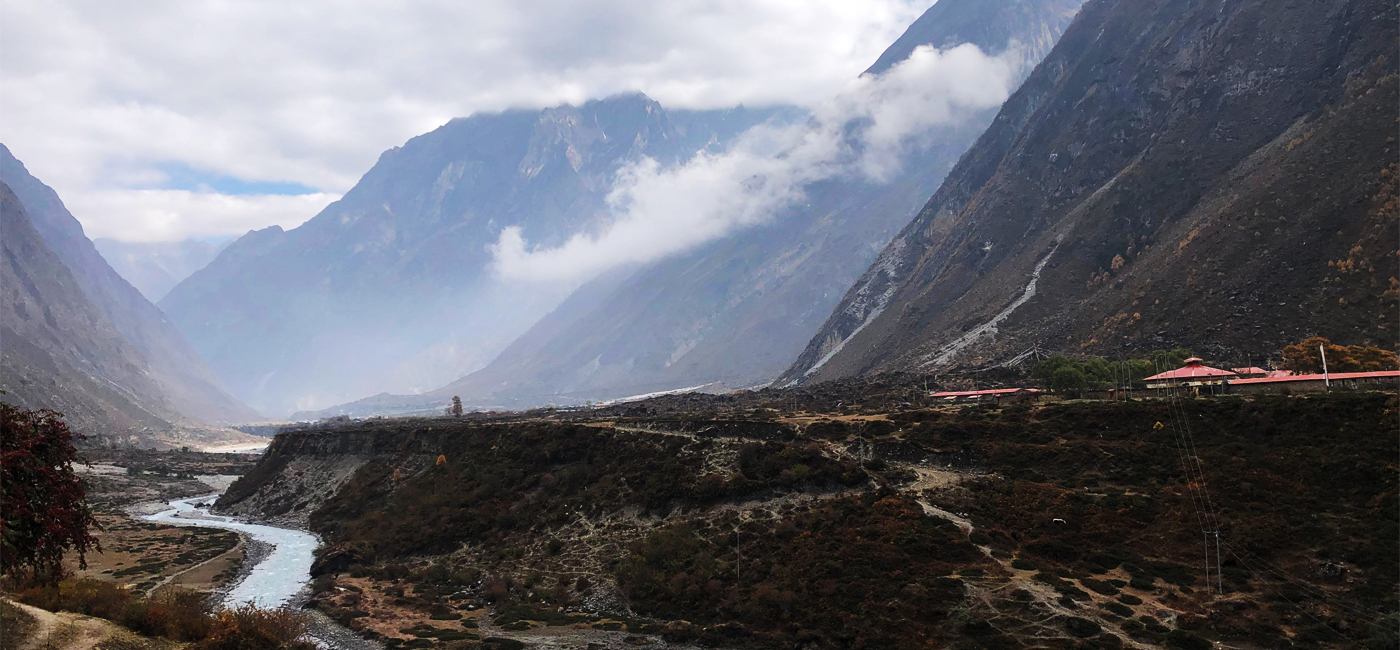
 Nepal High Trek & Expedition Pvt. Ltd.
Nepal High Trek & Expedition Pvt. Ltd. 

